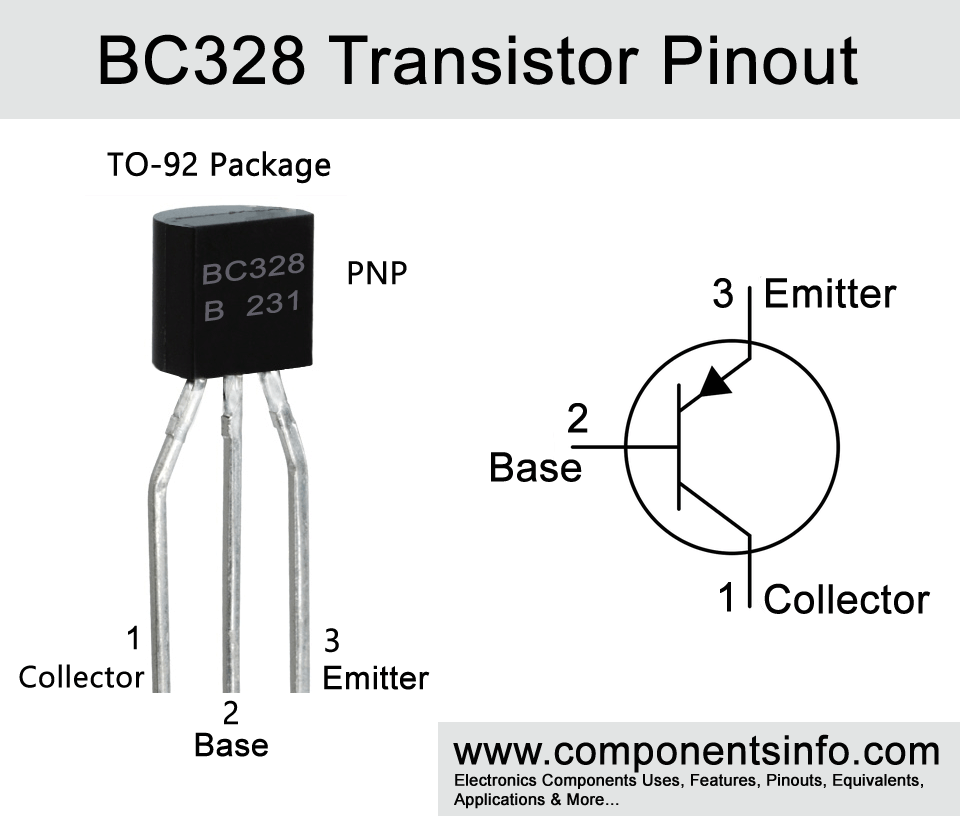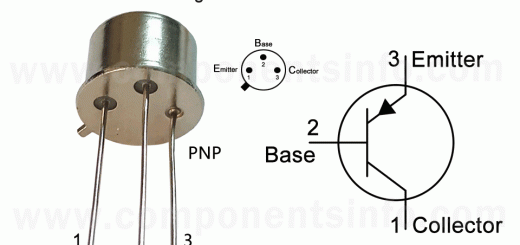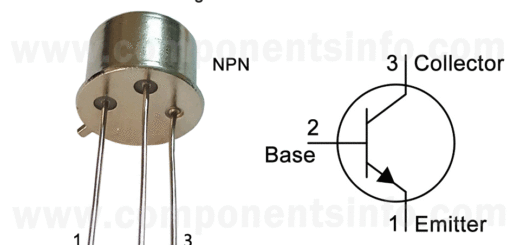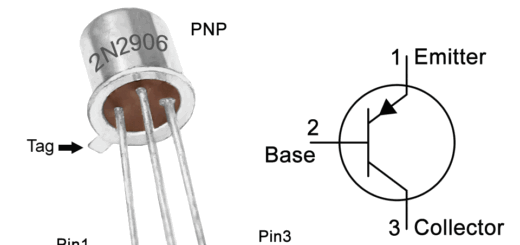BC328 Transistor Pinout, Equivalent, Features, Uses, Technical Specs and Other Details
BC328 is a general purpose PNP transistor available in TO-92 package. In this post we are going to discuss BC328 transistor pinout, equivalent, features, uses, technical specs and other details.
Absolute Maximum Ratings:
- Package Type: TO-92
- Transistor Type: PNP
- Max Collector Current(IC): -800mA
- Max Collector-Emitter Voltage (VCE): -25V
- Max Emitter-Base Voltage (VBE): -5V
- Max Collector Dissipation (Pc): 625 Milliwatt
- Max Transition Frequency (fT): 100 MHz
- Minimum & Maximum DC Current Gain (hFE): 100 to 630
- Max Storage & Operating temperature Should be: -55 to +150 Centigrade
PNP Complementary:
PNP Complementary of BC328 is BC338
Replacement and Equivalent:
BC638, 2N4403, BC488, 2N4402, BC488, 2N3702, BC486, Bc490, 2N3703, and BC327 transistors can be used as replacement or alternative for BC328 but pin configuration of these transistor can be different so it is suggested to check their pin layout before replacing them in your circuit.
BC328 Transistor Explained / Description:
BC328 is a TO-92 package PNP bipolar junction transistor (BJT) designed to use in general purpose applications. The transistor is having very good specs due to which it can be used in wide variety of applications. For example, it can handle load of upto 800mA which is quite a good capability for this small TO-92 package because most of the TO-92 packages not have that much current handling capability, therefore this feature makes this transistor an ideal TO-92 package transistor to drive high current loads as compared to most other transistors which comes in the same package. Another good feature is its DC current gain of up to 630 which makes it ideal to use in applications in which we want to amplify low gain signals. Moreover, the 100MHz transition frequency also makes it a good transistor to use in RF applications such as FM radios and FM senders etc.
Looking at the absolute maximum ratings of the transistor the maximum collector-emitter voltage(VCEO) of the transistor is -25V, max collector current is -800mA, the max emitter-base voltage is -5V, and max collector power dissipation is 625mW.
The transistor is available in three different versions according to its DC current gain and can be selected according to your application gain requirements. The gain value of each transistor can be determined by the two digit code number written after the part number. If these two numbers are “16” then the gain of the transistor will be 100 to 250, if it is “25” then the gain of the transistor will be 160 to 400 and if “40” then the gain of the transistor will be 250 to 630.
Where We Can Use it & How to Use:
BC327 transistor is designed to be used in general purpose switching and amplifications but due to its good specs, it can also be used in a wide variety of other applications. The using procedure of the transistor is same as we use other BJT transistors.
Applications:
Audio Amp Stages
Signal Amplification
Output of Microcontrollers for Driving Different Loads
Audio amplifier circuits
Drive Loads Under 800mA
Safe Operating Guidelines:
Here are some guidelines for using the transistor safely.
- Do not use the transistor on its absolute maximum ratings and always stay 20% below from these ratings.
- So therefore according to the above guideline, the maximum collector-emitter voltage is -25V so we will not drive load of more than -20V.
- The maximum collector current of the transistor is -800mA but we will not drive load of more than -640mA.
- The maximum operating and storage temperature of the transistor is -55°C to 150°C. So the internal and external temperature of the transistor should not be maintained according to this.
Datasheet:
To download the datasheet just copy and paste the below link in your browser.
https://www.mouser.com/datasheet/2/149/bc327-294168.pdf



